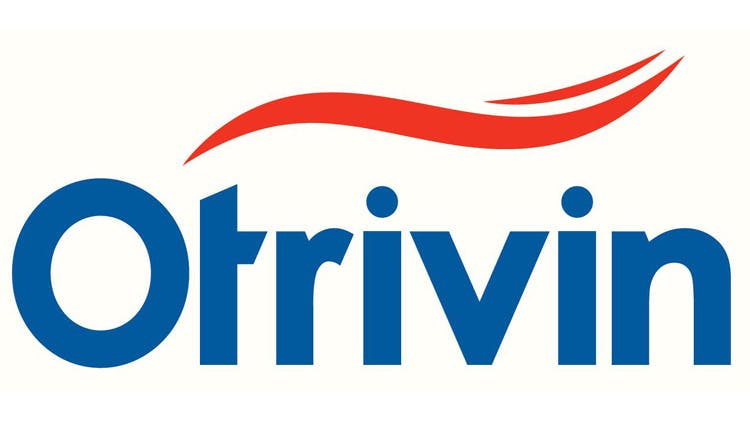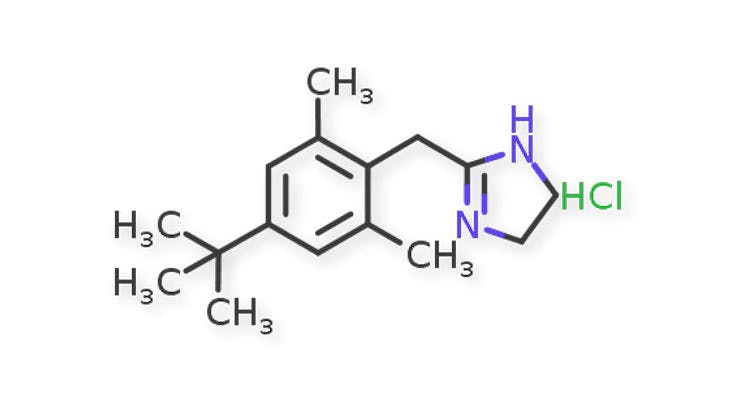Xylometazoline hydrochloride formulations
Xylometazoline constricts dilated blood vessels in the nasal mucosa1,2
Xylometazoline is a sympathomimetic agent that binds to alpha adrenergic receptors causing vasoconstriction leading to decongestion of the nasal mucosa.1,2 This effect begins to take effect within 2 minutes of application and may remain active for up to 12 hours.1
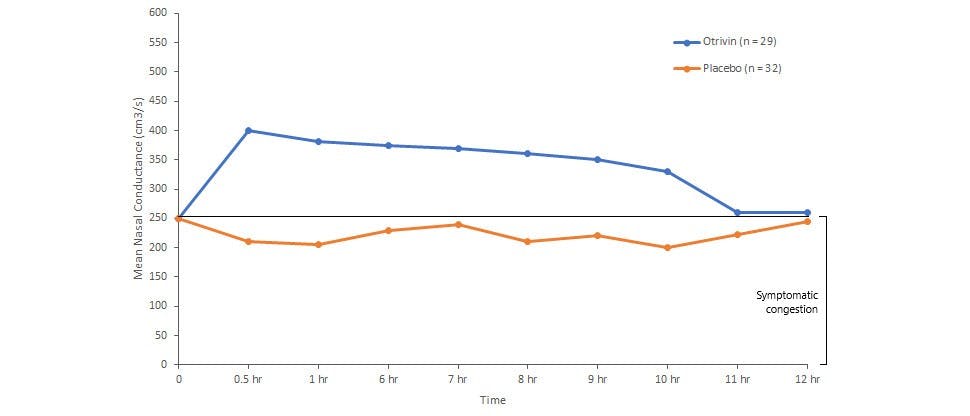
A clinical study with xylometazoline demonstrated superiority to placebo at relieving nasal congestion3
Nasal sprays containing xylometazoline are proven to be significantly superior to placebo at relieving nasal congestion with decongestion effects shown for up to 12 hours.1,3 Xylometazoline was also found to significantly improve individual common cold symptoms, such as easier breathing, leading to significantly greater patient satisfaction with treatment.3 The activity of xylometazoline occurs as quickly as within 2 minutes.1
Xylometazoline provides rapid and long-lasting relief of nasal congestion1
Discover the Otrivin range with xylometazoline hydrochloride
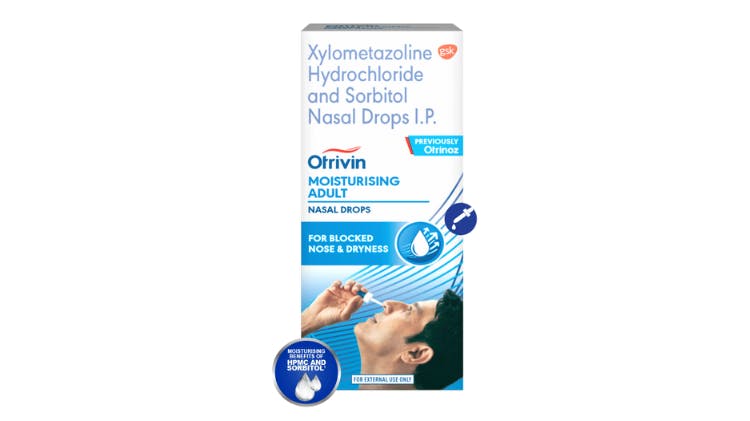
Otrivin Moisturising Adult
Otrivin Moisturising Adult nasal drops rapidly unblock the nose with xylometazoline and help prevent dryness and irritation with hypromellose + sorbitol.
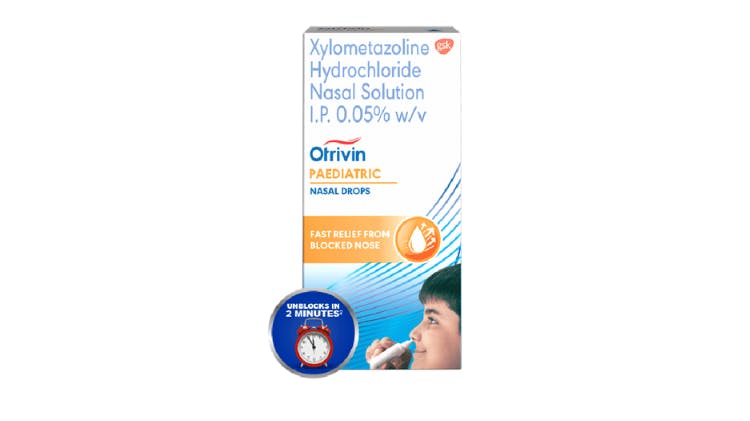
Otrivin Paediatric
Otrivin Paediatric nasal drops rapidly unblocks the nose in children between 1 and 11 years old with xylometazoline.
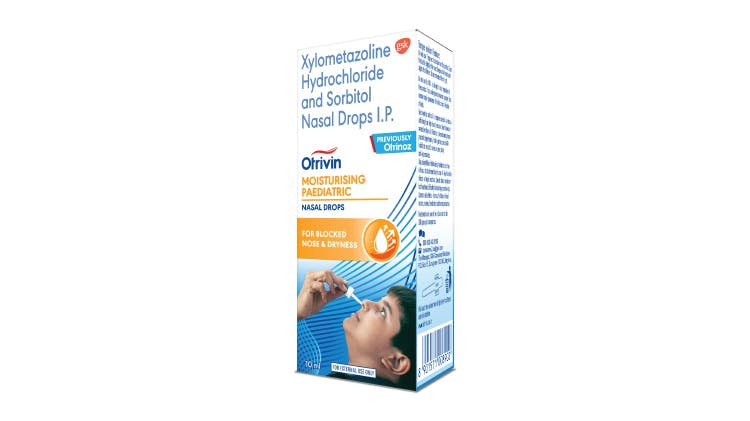
Otrivin Moisturising Paediatric
Otrivin Moisturising Paediatric nasal drops rapidly unblocks the nose and helps protect against dryness and irritation with xylometazoline and hypromellose+sorbitol.
Otrivin – your Nasal HealthPartner
